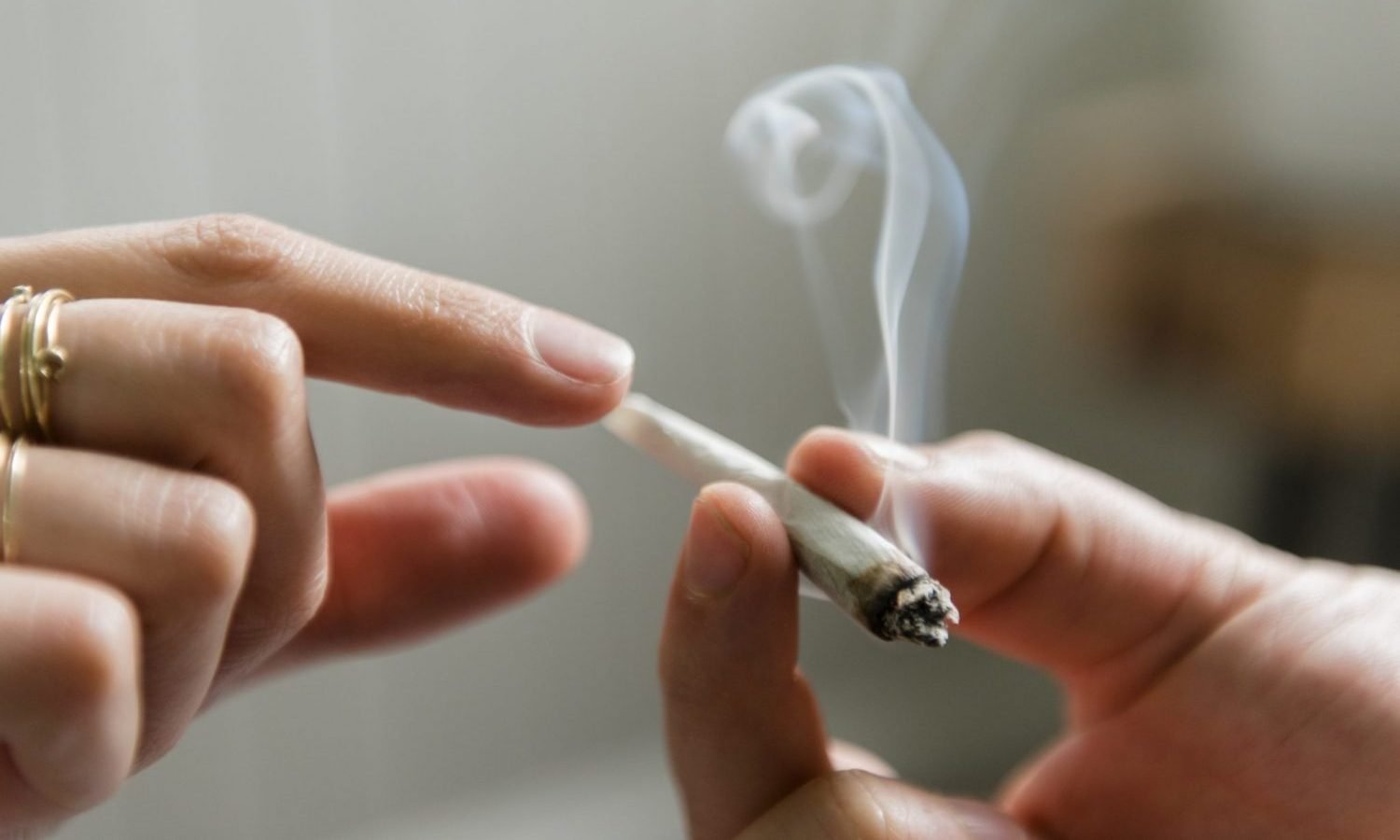
This article
The relationship between cannabis and lung function has been a subject of heated debate for decades. Many are aware of the harm that smoking tobacco causes to the lungs. If anything, the image of what the lungs of a smoker look like is etched in the minds of many. When it comes to smoking cannabis, obvious deductions are often made. Is there any science to back this?
Tobacco smoking has been linked to chronic obstructive pulmonary disease (COPD). [1] It is also the leading cause of preventable death in the U.S. [2,3] While cannabis smoke contains similar combustion products, it is unclear whether cannabis causes an equivalent level of destruction to the lungs.

Some studies have shown that cannabis smoke causes inflammation of the airway mucosa and triggers pulmonary symptoms such as coughing, increased phlegm production, and wheezing. [4-6] However, there are no studies that have demonstrated a decline in pulmonary function. [7]
As the legalization wave continues to sweep through the U.S, increasingly more people are smoking cannabis. Any adverse long-term effects of cannabis on the lungs is a public health issue that requires immediate attention.
A study, carried out by the Coronary Artery Risk Development in Young Adults (CARDIA), sought to understand both the short- and long-term effects of cannabis on lung function. [8] This was compared to data collected from tobacco smokers.
RELATED: Is Smoking Marijuana Bad For Your Lungs?
The study including 5,000 participants who had been repeatedly exposed to tobacco and cannabis smoke. Data was collected for 20 years, with the researchers analyzing the current and lifetime intensity of smoking and pulmonary function. Cannabis exposure was compared to pulmonary function over twenty years to determine any associations.
Healthy male and female adults (18-30 years) were included in the study. They were sampled from four communities in the U.S and comprised of different kinds of cannabis and tobacco smokers. Participants signed informed consent and underwent six assessments. Pulmonary function testing was conducted at intervals of 0, 2, 5, 10 and 20 years. At 20 years, there was 69% retention.
RELATED: Is Vaping Cannabis Really Worse For Teen Lungs Than Vaping Tobacco?
Results: Cannabis exposure occurred at a similar rate to tobacco exposure. Tobacco exposure was linearly associated with declining pulmonary function over the given period (lower forced expiratory volume in one second (FEV1), a measure of one’s ability to expel air; and lower forced vital capacity, FVC, the total amount of air exhaled during the FEV test). Cannabis exposure, on the other hand, had a non-linear relationship. Lower levels of exposure to cannabis smoke resulted in increased FEV 1 and FVC. Chronic exposure tapered off and, in some cases, reversed this effect. At 20 joint-years (a joint-year is equivalent to 365 joints or pipe fulls smoked (1 year * 365 days/year * 1 joint/day), lung function remained significantly more elevated than the baseline. The study demonstrated that occasional cannabis smoking was not associated with adverse lung effects. [9]

References
1- Pauwels RA, Rabe KF. Burden and clinical features of chronic obstructive pulmonary disease (COPD). Lancet. 2004;364(9434):613-620. – [journal impact factor = 79.321; times cited = 956]
2- Danaei G, Ding EL, Mozaffarian D, et al. The preventable causes of death in the United States: comparative risk assessment of dietary, lifestyle, and metabolic risk factors [published correction appears in PLoS Med. 2011 Jan;8(1). doi: 10.1371/annotation/0ef47acd-9dcc-4296-a897-872d182cde57]. PLoS Med. 2009;6(4):e1000058. [journal impact factor = 11.07; times cited = 1776]
3- Mokdad AH, Marks JS, Stroup DF, Gerberding JL. Actual causes of death in the United States, 2000 [published correction appears in JAMA. 2005 Jan 19;293(3):298] [published correction appears in JAMA. 2005 Jan 19;293(3):293-4]. JAMA. 2004;291(10):1238-1245. [journal impact factor = 56.27; times cited = 4866]
4- Tashkin DP, Baldwin GC, Sarafian T, Dubinett S, Roth MD. Respiratory and immunologic consequences of marijuana smoking. J Clin Pharmacol. 2002;42(S1):71S-81S. [journal impact factor = 3.126; times cited = 167]
5- Tetrault JM, Crothers K, Moore BA, Mehra R, Concato J, Fiellin DA. Effects of marijuana smoking on pulmonary function and respiratory complications: a systematic review. Arch Intern Med. 2007;167(3):221-228. [journal impact factor = 21.87; times cited = 309]
6- Hall W, Degenhardt L. Adverse health effects of non-medical cannabis use. Lancet. 2009;374(9698):1383-1391. [journal impact factor = 79.321; times cited = 686]
7- Tashkin DP. Does cannabis use predispose to chronic airflow obstruction?. Eur Respir J. 2010;35(1):3-5. [journal impact factor = 12.34; times cited = 18]
8- Pletcher MJ, Vittinghoff E, Kalhan R, et al. Association between marijuana exposure and pulmonary function over 20 years. JAMA. 2012;307(2):173-181. [journal impact factor = ; times cited = ]






